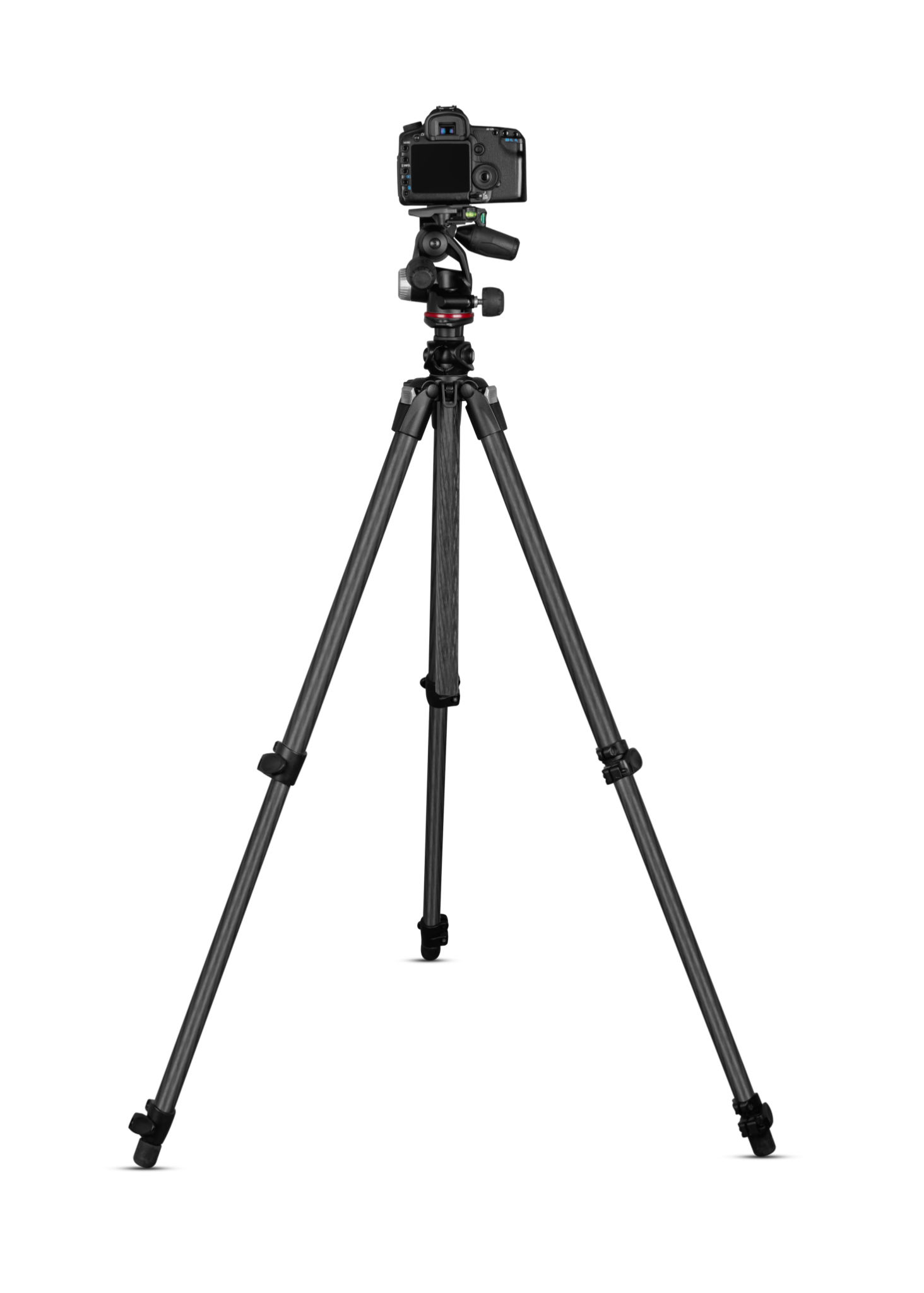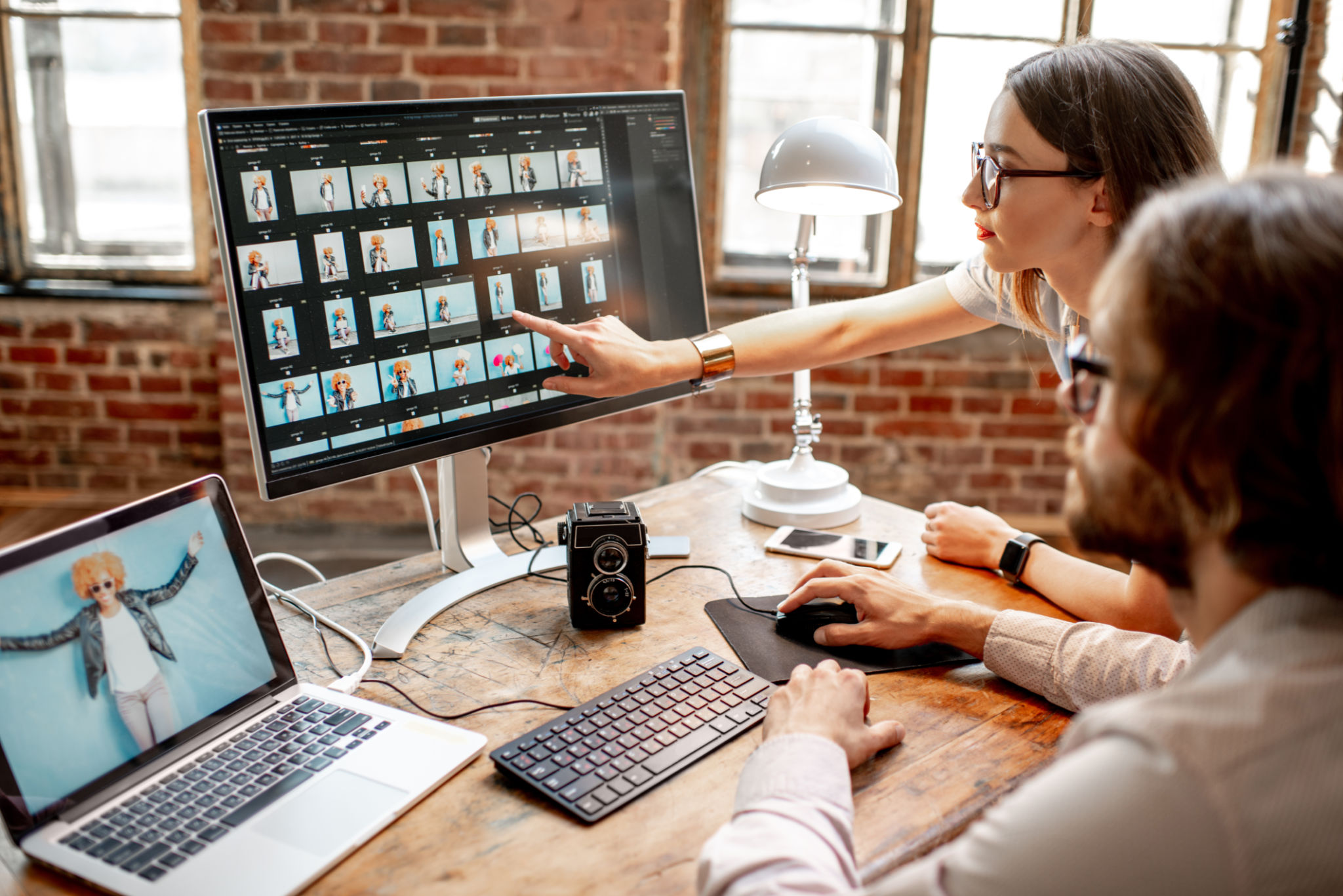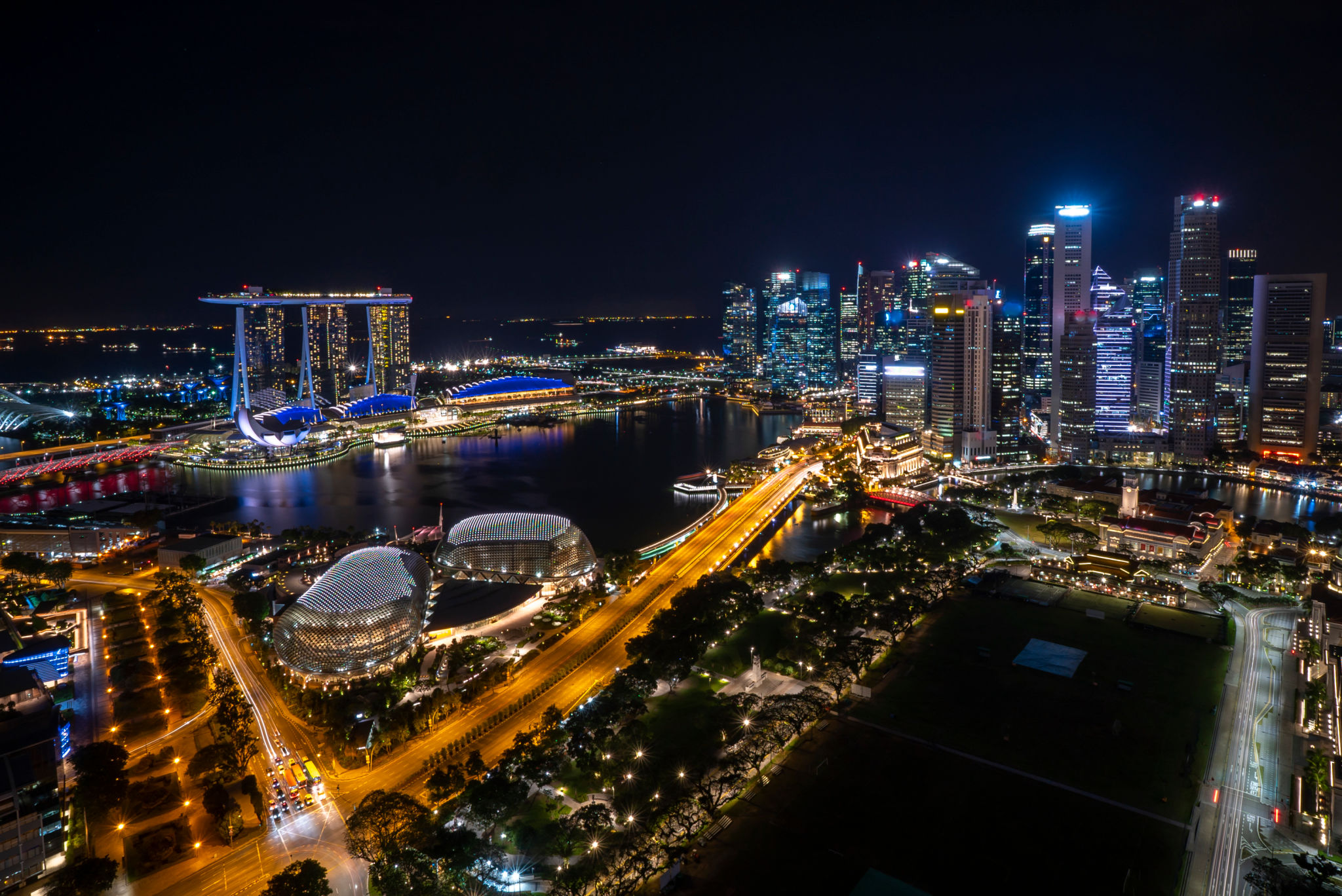How to Master Low Light Photography: Tips from Singapore Experts
Understanding the Basics of Low Light Photography
Low light photography can be challenging, yet it offers a unique opportunity to capture stunning and dramatic images. Mastering this art requires an understanding of how to manipulate your camera settings to effectively utilize available light. According to experts in Singapore’s vibrant photography community, the essence lies in experimenting with ISO, aperture, and shutter speed to achieve the desired effect.
When shooting in low light, increasing the ISO sensitivity of your camera is crucial. However, be mindful that higher ISO settings can introduce noise into your images. Striking a balance is key. Additionally, a wider aperture allows more light to hit the sensor, which is essential in dim environments.

Choosing the Right Equipment
Having the right equipment can make a significant difference in low light conditions. A camera with good low light performance and a fast lens are ideal choices. Many Singaporean photographers recommend using prime lenses with large maximum apertures such as f/1.8 or f/1.4 for better results.
Another valuable piece of equipment is a sturdy tripod. This allows you to use longer exposure times without risking camera shake, ensuring sharp and clear images. In some scenarios, a remote shutter release can also be helpful to prevent any movement that could blur your photos.

Utilizing Available Light Sources
In low light photography, learning to work with available light sources can significantly enhance your images. Whether it’s streetlights, moonlight, or ambient indoor lighting, these sources can add depth and interest to your photos. Singapore experts suggest positioning your subject in relation to these light sources for creative effects.
Reflections from surfaces like water or glass can also be utilized to add a dynamic element to your shots. Experimenting with various angles and perspectives can transform an ordinary scene into something extraordinary.
Post-Processing Techniques
Post-processing is an essential step in enhancing low light photographs. Editing software like Adobe Lightroom or Photoshop offers tools to adjust exposure, contrast, and noise reduction. Singapore’s seasoned photographers emphasize the importance of not over-editing, as this can lead to loss of detail and an unnatural look.

Using tools like curves and sliders, you can bring out hidden details and improve the overall aesthetic of your images. Remember, subtle adjustments often make the most significant impact when refining your low light photography.
Practice, Patience, and Persistence
Mastering low light photography doesn’t happen overnight. It requires consistent practice and a willingness to experiment with different techniques and settings. Singapore’s experts encourage budding photographers to embrace mistakes as learning opportunities and persist in their creative endeavors.
Over time, you’ll develop a keen eye for low light conditions and the ability to adapt quickly. With dedication and passion, you’ll be able to capture breathtaking images that convey the magic of Singapore’s night scenes.
